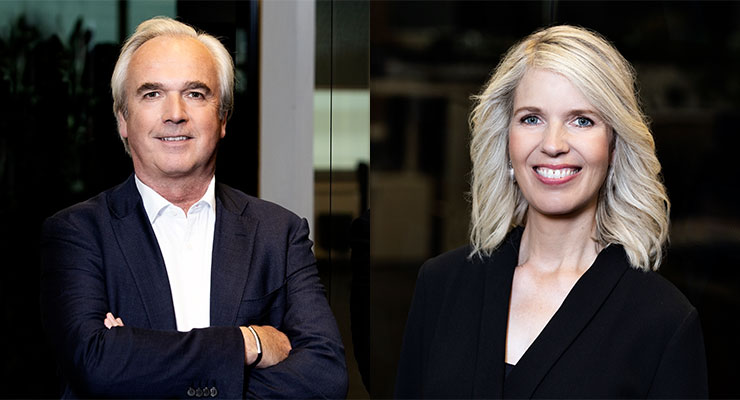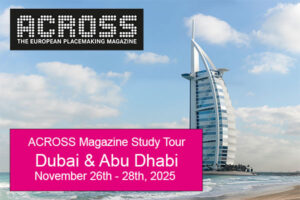ACROSS: How does your new mission statement differ from the old one?
MARRIT LANING: What has not changed is that we still want to be a good, trustworthy partner that acts with integrity, but that should now be a given for all our employees and stakeholders. Our climate change challenges are becoming increasingly urgent and require our utmost attention, and we want to set out in detail what we think our role should be and how we intend to make a positive social and environmental impact.
TON VAN DE GRAMPEL: We aim to lead by setting an example, trying new things, innovating, and, perhaps, by falling down now and again, but also by inspiring and encouraging others to join us on our journey and to adopt best practices.
ACROSS: Will there be room for experimentation?
LANING: We need to make a cultural shift: We do not have all the solutions, neither as a company nor as a society, and a lot of hard work and stamina will be required to build new met[1]rics of success. Redevco, however, has a long history, and we already have a good track record. We will never forget our past achievements – they are our beacons – but we aim to create new examples that we can showcase.
VAN DE GRAMPEL: Although our employees are very committed to our new ambition, it will also be necessary for us to leave our comfort zone and overcome some challenges. The company as a whole has a perfectionist streak – we do not like making mistakes. However, sometimes you learn even more when you dig in and are prepared to fall down. Nelson Mandela once said: “I never lose, I either win or I learn.” As an organization, we have to collectively adopt that vein of thinking. ACROSS:
How have you brought your mission statement to life?
LANING: A mission statement is a way of providing direction – to employees as well. So, when we introduced it last year, we engaged in conversations with our colleagues in order to explain it, test the waters, and find out their views. The reactions were positive: There is real ambition within the organization to take on the challenge, but there are also questions and concerns, because it is both a big ask and a big task.
VAN DE GRAMPEL: In order to bring it to life, we are actively involving our employees – asking them where we need to do things differently and how we can make this work. Everything from low hanging fruit to major changes in our processes will have a big impact. We need to become bolder and more entrepreneurial.
ACROSS: Is it too early to talk about results?
LANING: We have already seen some positive spin-offs in the past couple of months, in particular, among our occupiers. Whether or not our tenants actively reduce energy consumption or use green energy is, strictly speaking, not within our sphere of influence. However, we recently reached out to a group of occupiers and started a conversation regarding ways of making it easier for them to reduce their energy consumption and carbon emissions. We have been working on a plan to offer energy as a service and were able to share some of the findings from our research. Our tenants were happy and surprised, both by the fact that we took the initiative as well as with the results. We now intend to roll out this campaign in other countries.
ACROSS: How is the response of your plans regarding energy consumption reduction?
LANING: Traditionally speaking, there is a certain degree of tension in the relationship between the landlord and the tenant, which is primarily a financial one. One of our goals is to create transparency, for instance, with respect to footfall at our shopping centers and retail parks. That also gives our tenants a greater understanding of consumer patterns and trends, thereby enabling them to improve their own businesses. The same applies to energy performance. We are able to provide heat maps that show where most energy is consumed and when. In some parts of a building, lights and electrical appliances may not be automatically switched off during weekends or during other time periods at which they are vacant. We aim to stimulate energy conservation, and data can facilitate a mindset change.
VAN DE GRAMPEL: We see a great deal of compartmentalization among our tenants. In the beginning, they are not always keen on sharing knowledge, but once they see that it is also for their own benefit, their perspectives change, and the relationships significantly improve.
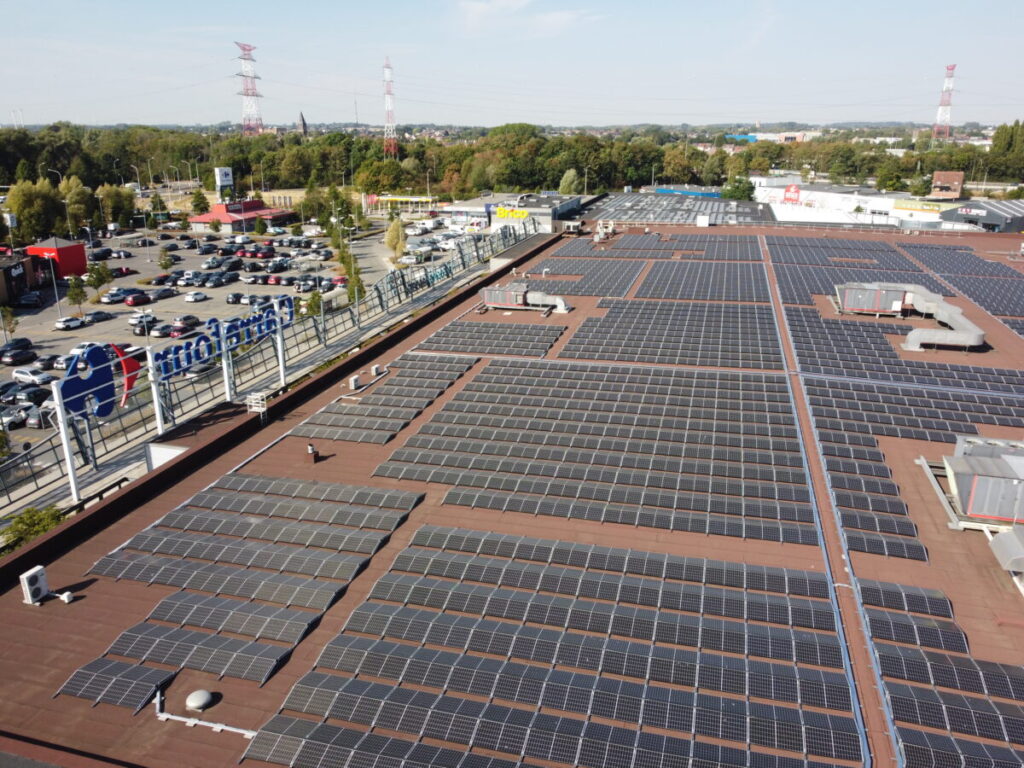
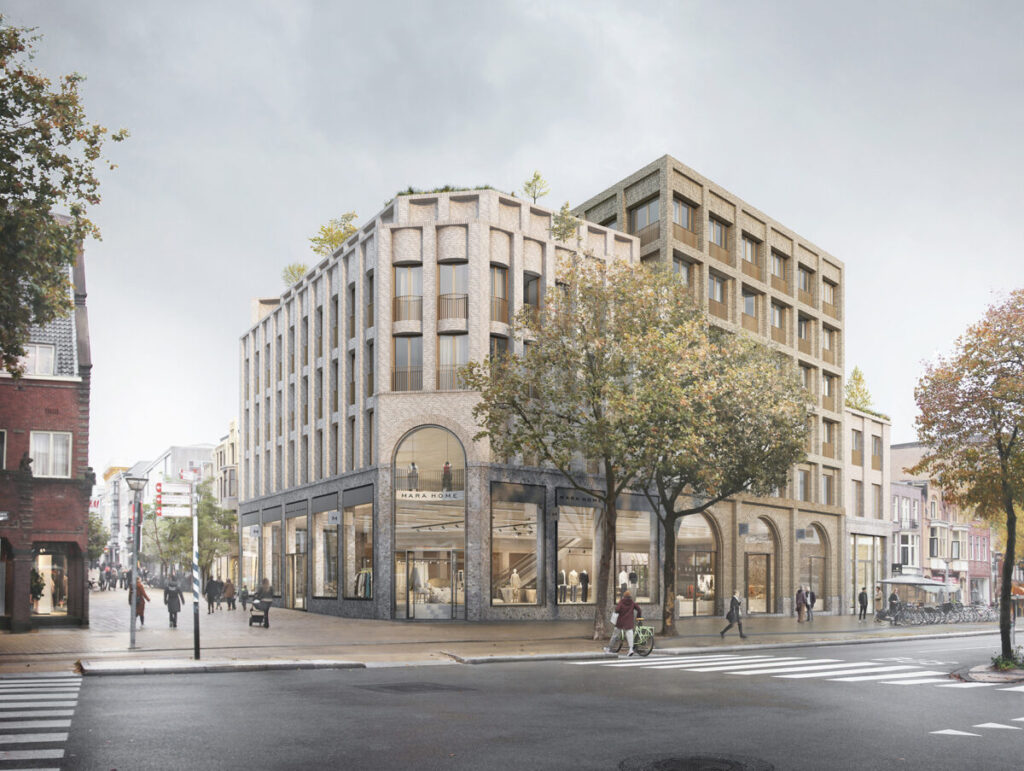
ACROSS: How are you engaging your stakeholders?
LANING: Municipal authorities are key in terms of our efforts to positively develop the cities in which we are active. We were keen to use cross laminated timber (CLT) in the redevelopment of a former C&A store in Hamburg, where we are converting and expanding the property for a short and long-stay hotel concept, complete with retail and food & beverage in the basement and on the ground floor. CLT is a good sustainable alternative for steel frames, in high-rise buildings as well, but not all municipalities are aware of such advantages. In Hamburg, the building regulations did not yet allow for this type of construction.
VAN DE GRAMPEL: We used our partnership with the Laudes Foundation, which also belongs to the family enterprise that we are part of, to talk with the authorities about the benefits of CLT and to address their concerns about fire risks. Laudes is a knowledge base and was able to help the municipality inform their views on the need for additional fire protection, among other things. The insight gained was that they were no longer valid, and the rules were ultimately changed. Through collaboration, we can redefine how we build more sustainable structures.
ACROSS: Can you provide some examples of what you mean by “trying new things”?
LANING: At one of our properties in Rotterdam, we intend to build a community in which small businesses and entrepreneurs at this high street location interact with people who live and work in the surrounding area or those who are just visiting. It will be a mix of functions – not just the big retail chains. We think that it will be important for that community to be able to connect digitally as well; therefore, we are currently building a prototype of a platform that will allow retailers and businesses to interact with consumers about their products and services. We also want to develop an educational angle for this property and turn the location into much more than just a place to shop. It will really be all about giving the high street a new use, which will hopefully add value and relevance for all of us.
VAN DE GRAMPEL: In Groningen, we invited the city council to join us in selecting an architect to redevelop our former C&A store into a new retailanchored residential complex. The design presented by our architect, Rijnboutt, was well received, by the local residents as well. That is another good example of how we intend to work together with our different stakeholders in the future.
ACROSS: In the end, the Return On Investment (ROI) is the main thing that counts, right?
LANING: Of course, our ROI is key, but it is not the only measure of success. We need to broaden our KPIs if we are serious about our social and governance responsibilities, but the truth is that you cannot run a sustainable, environmentally friendly business with a positive social impact if it is not financially sound. The financial and social indicators go hand in hand.
VAN DE GRAMPEL: The challenge we are currently facing lies in defining how we measure our impact, whether that be on the climate or on people. That is a more complicated task, however, we are simultaneously seeing more socially oriented KPIs being introduced in the various countries in which we are active.
ACROSS: Can you give us an example?
LANING: Involving local communities in our existing schemes and new developments is a major goal of ours. Finding the right approach is still very much a work in progress, but we are gaining experience, for example, with the refurbishment of the Templars Square shopping center in Oxford in the UK, where we are developing over 200 rental housing units. We know that there is not a lot of attainable housing to choose from in Oxford and that the quality of the existing rental stock is not extremely high. We aim to add new functions to Templars Square, including housing, and to improve overall living conditions, not only for the current population, but for future residents as well.
VAN DE GRAMPEL: Social value is a hard nut to crack. By collecting examples of where it is possible to make a positive social impact, we aim to stimulate thinking and to help set new standards. Within Redevco, we are integrating different departments and are also working on new papers on relevant topics, such as “food in the city”, which explore the possibilities of producing food closer to where it is consumed. We hope that our case studies and thought leadership will help challenge the investment community as well as our tenants, and encourage them to join us on our journey.
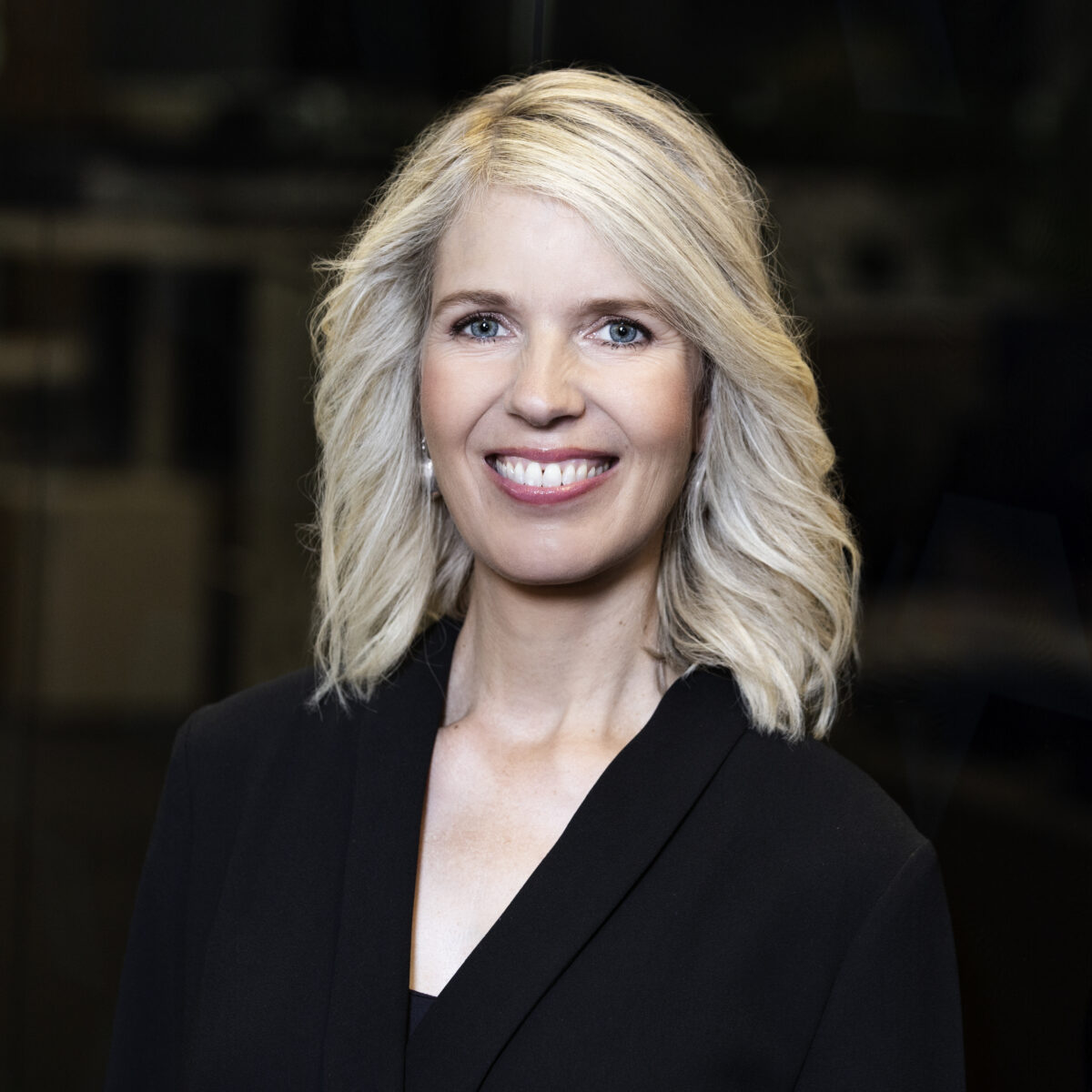
Marrit Laning is Chief Strategy & Innovation Officer at Redevco.
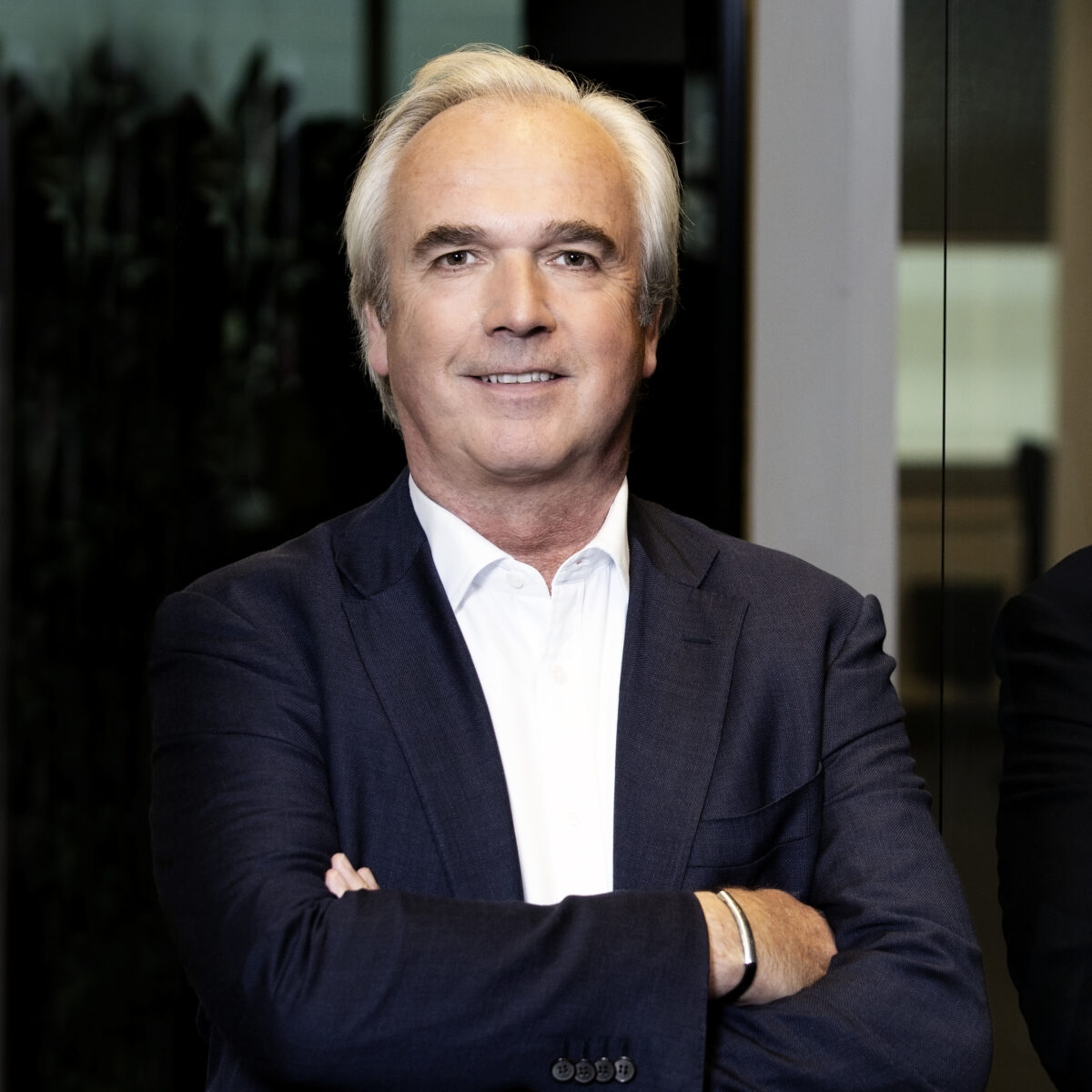
Ton van de Grampel is Chief Human Resources Officer at Redevco

